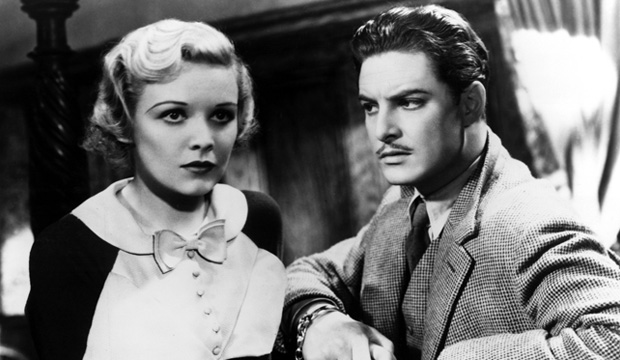What Is a MacGuffin? Hitchcock’s Favorite Plot Device Explained

The MacGuffin is one of the most iconic and enduring storytelling devices in cinema history. Though coined by screenwriter Angus McPhail, the term gained cultural immortality through his collaborator, Alfred Hitchcock, who deployed it in many of his most famous films.
Hitchcock’s Definition of the MacGuffin
Hitchcock famously described the MacGuffin during a 1960s conversation with director François Truffaut, stating:
“The MacGuffin is nothing. I’m convinced of this… my best MacGuffin, and by that I mean the emptiest and most absurd, is in North by Northwest.”
In the film, when Cary Grant’s character asks what the villain sells, the response is, “Oh, just government secrets!” This demonstrates the essence of the MacGuffin: it animates the plot but holds no real meaning to the audience.
During a 1972 appearance on The Dick Cavett Show, Hitchcock put it even more plainly:
“It’s the thing that the characters on the screen worry about, but the audience don’t care.”
How the MacGuffin Works
A MacGuffin is typically an object or goal that drives characters’ actions and escalates stakes, without requiring deep emotional investment from the audience. It can be a briefcase, secret file, artifact, or even a person.
Hitchcock began refining the MacGuffin as early as 1935’s The 39 Steps. In this thriller, the protagonist Richard Hannay gets entangled in a spy plot after a mysterious woman dies in his apartment. The real stakes involve stolen British military secrets — the actual “MacGuffin” being blueprints for a stealth aircraft engine. The audience never sees these plans or learns their details, but they drive the entire film.
Classic Examples in Hitchcock Films
Hitchcock became a master of the MacGuffin. Some of his most famous uses include:
-
The 39 Steps (1935): Aircraft engine plans
-
Notorious (1946): Uranium hidden in wine bottles
-
North by Northwest (1959): Microfilm of government secrets
-
Psycho (1960): Stolen money that disappears as the plot evolves
In each case, the MacGuffin sets the action in motion but fades from significance once character conflict takes center stage.
Toy Story 5 Plot, Cast, and Themes: Pixar Revisits Its Iconic Franchise
MacGuffins in Modern Cinema
Hitchcock didn’t invent the concept—the Golden Fleece in the story of Jason and the Argonauts is an ancient example—but he gave it a name and made it an essential cinematic tool. Since then, many films have embraced the technique:
See More ...
-
Casablanca – Letters of transit
-
The Maltese Falcon – The titular statue
-
Raiders of the Lost Ark – The Ark of the Covenant
-
Pulp Fiction – The glowing briefcase
-
The Big Lebowski – The stolen rug
-
Avatar – Unobtanium
-
The Hangover – Missing groom Doug
-
Mission: Impossible – Dead Reckoning – Cruciform key
These objects or figures act as plot catalysts, even though their contents or importance may remain mysterious.
Why MacGuffins Endure
The MacGuffin’s strength lies in its adaptability. It can be anything—money, secrets, people—as long as characters are willing to go to extreme lengths to get it. It doesn’t matter whether the audience fully understands or even cares about the MacGuffin; what matters is its power to shape action.
In fact, the best MacGuffins are often the most meaningless—a narrative blank slate that allows emotion, suspense, and action to take center stage.
Final Thoughts
Alfred Hitchcock didn’t just use the MacGuffin; he transformed it into a cornerstone of modern storytelling. As films continue to explore new forms and ideas, the MacGuffin remains a timeless, flexible tool for igniting action and suspense—just as Hitchcock envisioned, nearly a century ago.
How to Watch BBC and BBC iPlayer in the U.S. Legally with a VPN




